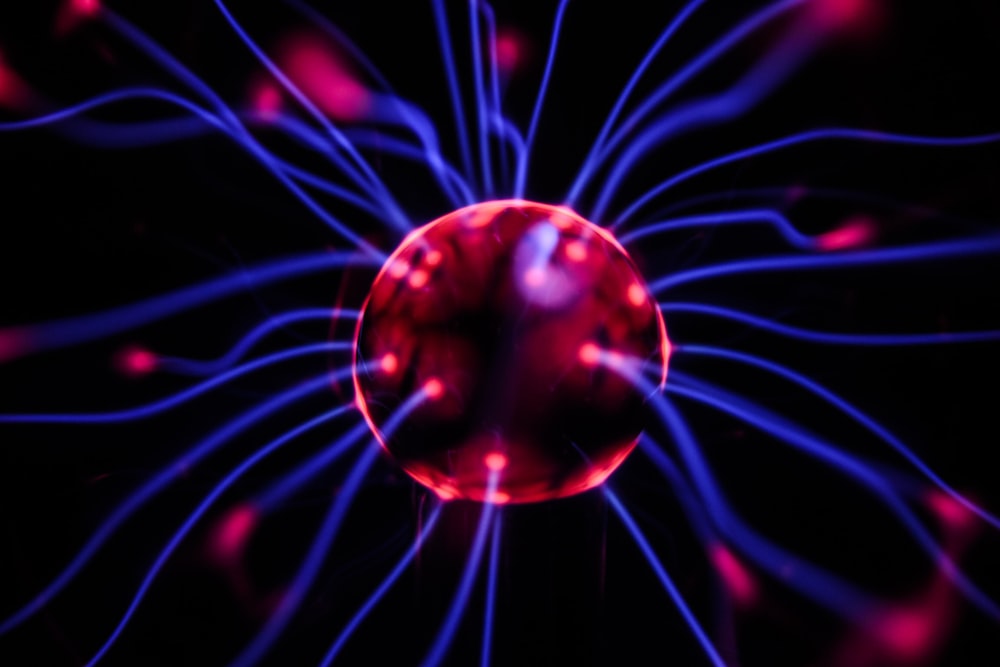Since 1755, science has been fascinated by the idea of creating robotic implants that work with electrical impulses. Movies like Robocop or Blade Runner are just a small sample of how humanity longs to have a body full of wires and metal.
Fortunately, this biological fantasy is one step closer to becoming a reality. All thanks to the researchers at the University of Freiburg in Germany, who found a way to mimic the fractal neurons in our eyes, to produce the electronic retina.
Fractal neurons, an element we must not forget

Retinal neurons, like all other organisms in nature, grow in fractal patterns. That is, they repeat each other, until a macro structure is created in which it is imperceptible.
It is said that this style seeks to maximize the cognitive abilities of neurons, integrating them into a complex communication network. But regardless of whether this is the cause, the fact is that fractal neurons create all the structures in our eyes: the retina, the cornea, the macular, and the optic nerves.
Likewise, they appear to be the only ones able to regenerate damaged tissue in these structures, to prevent premature vision loss. Therefore, it is necessary to take them into account when developing an implant.
However, the only scientific study that recognized the need to “mock” these neurons to develop corneal implants, was the one conducted by the University of Freiburg.
Mice were the first to test electronic eyes




This team of scientists studied for three years the formation of fractal neurons in the eyes of mice, to determine what kind of “electronic wires” they needed.
To do this, they made 126 different slides using nanotubes. Some are arranged in parallel lines, such as those usually marketed. Others are horizontal and smooth like H, and so on until you reach the neuron with the fractal neuron.
Testing them on the retina of mice, they found that the most beneficial electron implants were the implanted ones, as they attract retinal glial cells. Structures needed to induce tissue regeneration.
“We were able to attach the robotic nanotubes to Glia, which is the life support system for nerve endings. This means that mice can now interact with the brain and regenerate tissue in the cornea and macular tissue.”
Maria Asplund, a neuroscientist at the University of Freiburg
Similarly, the scientists observed how the rest of the ocular neurons around this slice grew until they were integrated into the mouse’s nerve network. Something unprecedented in science, this definitively breaks the rejection gap that has existed towards electronic implants.
The electronic technology we know is now hacked with fractal neurons




Most current corneal transplants have chosen to use electronic devices on the retina rather than fractal cells. This is because neurons interact with the ear, brain, and extremities in ways that are difficult to imitate.
To successfully send signals to the brain or eye, the electrode must be able to connect to a network of existing neurons, shaped like a tree branch. Scientifically, it is impossible to create a chip as thin as a fractal neuron, so it is pointless to create an electronic eye that follows this line of development.
This is why researchers from the University of Freiburg suggest choosing a more “natural” pathway, using retinal cells at the ends of the slice to favor contact.
“When two organisms have very similar characteristics, they will have a greater tendency to interact compared to organisms that have completely different characteristics. That is our goal.”
Marie Asplund
His work has not yet passed animal testing. But, it is likely that in three or four years he will report a new device inspired by fractal patterns, which can be used to create “normal” electronic eyes. Or even other nerve structures that have been damaged by diseases such as Parkinson’s or sclerosis. We’ll have to wait to see that.
References:
Fractal neuron growth could lead to robot eyes https://www.futurity.org/bionic-eye-fractal-neurons-2723572/?utm_source=rss&utm_medium=rss&utm_campaign=bionic-eye-fractal-neurons-2723572
Controlled assembly of retinal cells on fractal electrodes https://doi.org/10.1371/journal.pone.0265685





